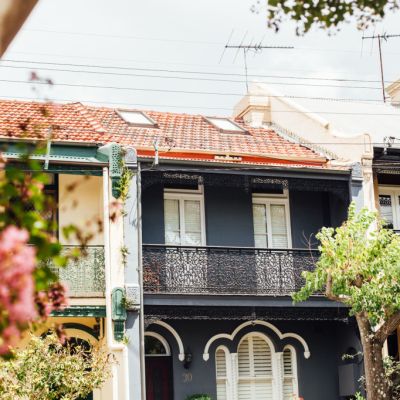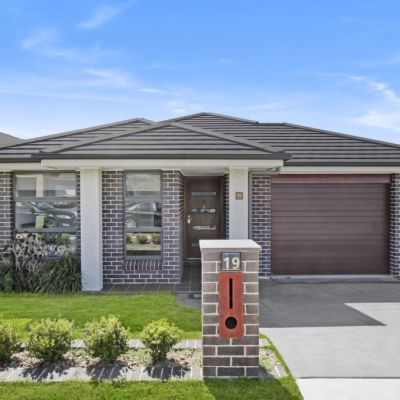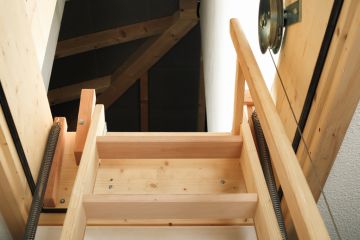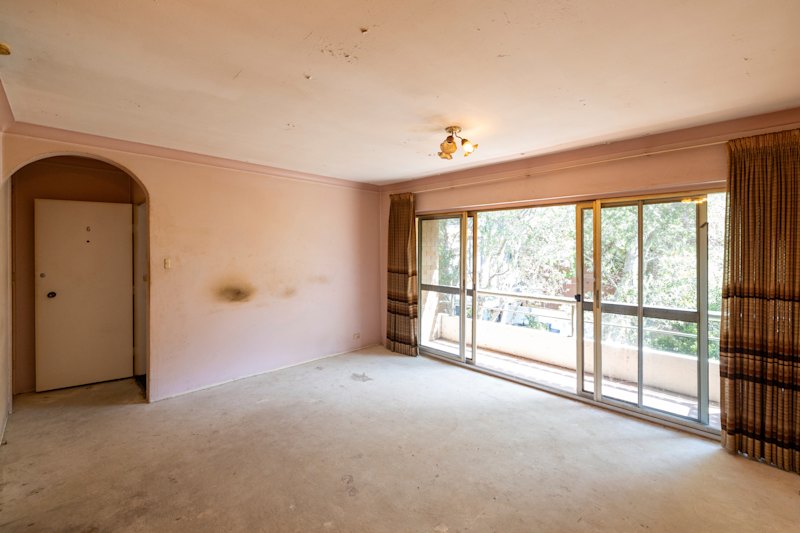Buyers urged to get in quick for the next First Home Loan Deposit Scheme release
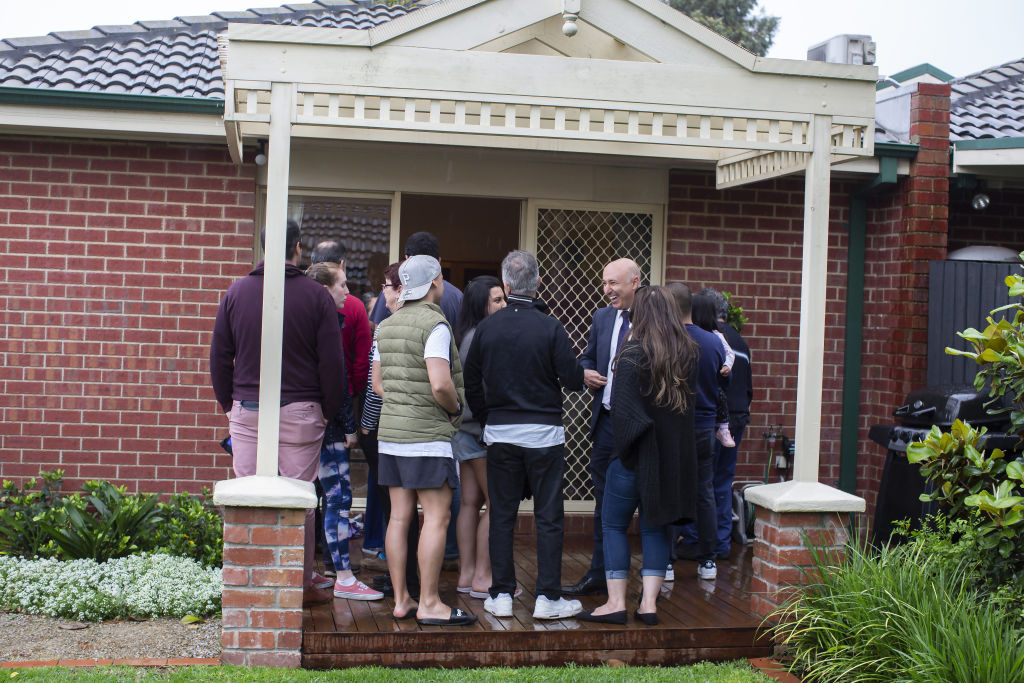
Despite the uncertain economic outlook, banks and financial advisers are expecting a rush of applications when the next release of the First Home Loan Deposit Scheme (FHLDS) places opens on July 1.
The FHLDS is a government measure designed to help people enter the property market for the first time. Rather than providing first-home buyers with a cash grant or a deposit, the scheme provides banks with a guarantee for up to 15 per cent of the property’s value.
In practice, it means first-home buyers who are successful in getting one of the scheme’s coveted spots can buy a home with as little as 5 per cent deposit without having to pay lenders’ mortgage insurance (LMI).
“Instead of paying thousands in lenders’ mortgage insurance, the federal government guarantees the borrower’s loan,” explains Mortgage Choice franchise owner Cameron McDonald.
If LMI is capitalised to a mortgage, it can add years to a loan’s life.
Which banks are participating?
CBA and NAB, the two big four banks participating in the program, have been allocated 5000 spots in the FHLDS.
A number of smaller banks, building societies and credit unions including Auswide, Bank First, Bendigo Bank, Beyond Bank, CUA, MyState and Teachers Mutual Bank are also participating in the scheme.
What are the rules?
Loan size, postcode and other restrictions apply and borrowers must have saved up a deposit of at least 5 per cent of the property’s value themselves to qualify.
Borrowers who have been approved for the FHLDS have 90 days to exchange contracts on a property. If they don’t buy within 90 days, they have to reapply with no guarantee the spot will still be available.
Singles need to have a taxable income of $125,000 or less, while couples have a $200,000 income threshold.
Can you apply if you haven’t lodged your tax return yet?
In anticipation of the next phase of the FHLDS, some lenders are pre-approving loans with a contract of sale as long as the application includes a recent payslip so they can estimate the client’s yearly income.
But lenders need a notice of assessment before they will give formal finance approval, so anyone who’s considering applying for the scheme needs to get their tax in order to have a chance of successfully applying.
“You need to include your 2020 financial year notice of assessment in your application to meet the eligibility requirements,” says Archer Mortgage Group finance broker Jasjeet Makkar. “So buyers applying for a spot are urged to prepare their tax return as soon as possible after 30 June.”
Most lenders will still allocate a scheme spot without a completed tax return as long as the information comes through as soon as it’s available to back up the claims made about income and expenses in the application.
Borrowers should also be aware that lender scrutiny and assessment times have increased as a result of the pandemic. “So make sure your paperwork is readily available and compliant. With so much competition for this scheme, you need to be quick,” McDonald advises.
Can you access both the First Home Loan Deposit Scheme and HomeBuilder grant?
CBA says it has helped more than 2000 customers buy a home under the scheme.
Group executive Angus Sullivan says consumers have also rushed to take part in another government program to help people buy property – the HomeBuilder scheme. This initiative gives $25,000 grants to people spending between $150,000 and $750,000 on building or renovating a home.
“We’ve seen a great deal of interest from home builders and renovators in HomeBuilder with approximately 25 per cent of calls to our Australian-based call centres about the government’s new program,” Sullivan says.
The bank is encouraging first-home buyers to get in contact as more FHLDS places become available in July.
The FHLDS, HomeBuilder grants and other state and territory-based first-home owner incentives can be used together to help people get a leg up the property ladder.
We recommend
States
Capital Cities
Capital Cities - Rentals
Popular Areas
Allhomes
More
- © 2025, CoStar Group Inc.
